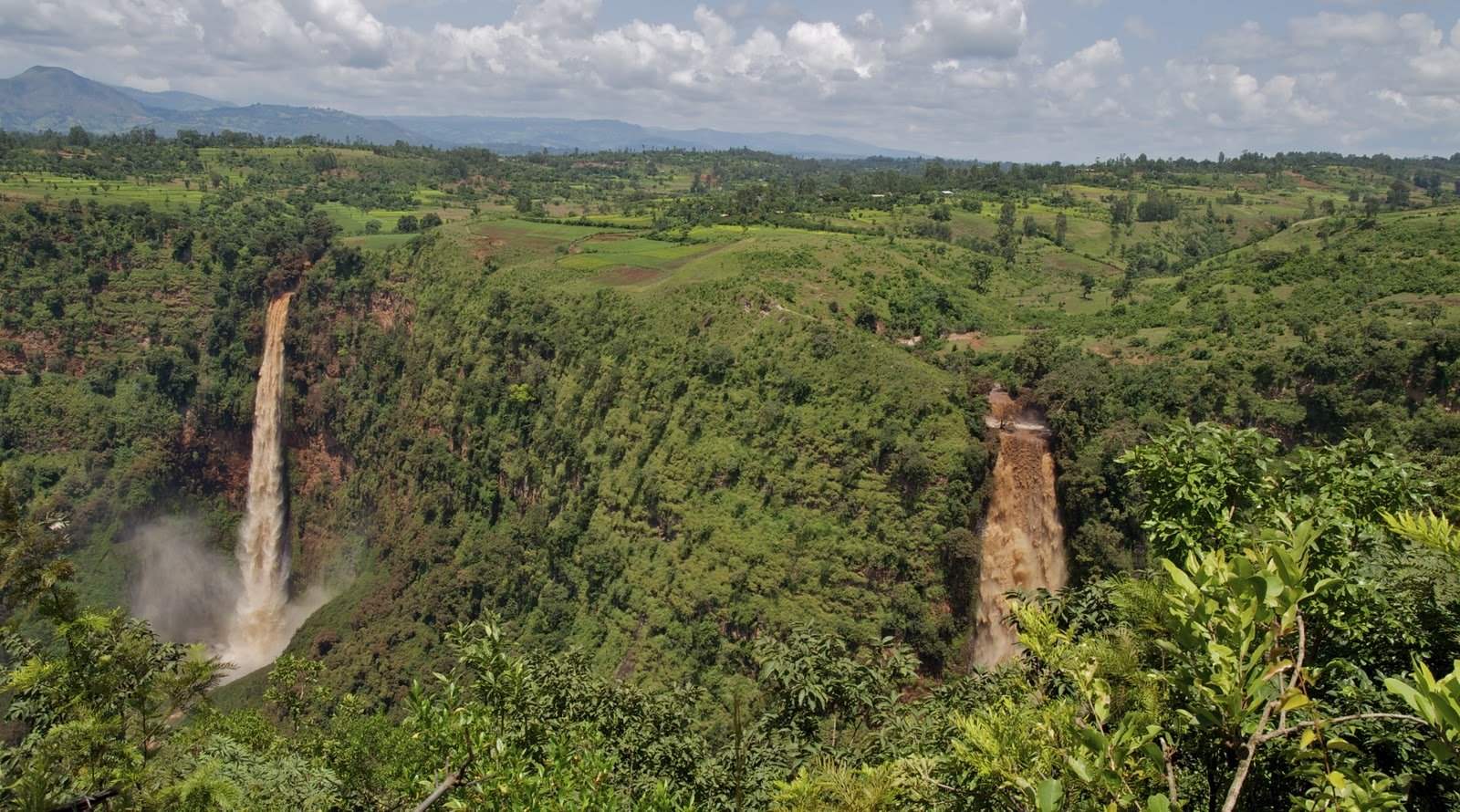
Strategies
KDN asserts that investing on the people, its physical infrastructure and environment is a viable strategy to avert the crises, and focusing investments on these important areas would help creating a sustainable development in the region in particular and Ethiopia in general. It aims at providing vocational training to the youth who can create jobs, not seek for jobs. This requires the commitment and cooperation of the local people, government, and non-government agencies. To achieve the goal of a sustainable development, KDN is committed to work in tandem with the local people and in cooperation with the federal, regional and local government. KDN also seeks to collaborate with the non-government agencies that are willing to help the rural poor and those operating legally in Ethiopia.
-
Promotion of reforestation and resource conservation methods.
-
Development of cottage industries and employment generation schemes, including training the youth in modern farming techniques, industrial and information technology.
-
Recommending viable strategies that help mitigating scarcity of farmland and population pressure.
-
Providing micro-credit to rural women and rural artisans such as fugas (potters), tummanos (black smiths), weavers, etc.
-
Undertaking field research on development issues and publishing the results in the Network’s newsletters and annual reports.
-
Raising the public health awareness of fatal, contagious and incurable diseases.
-
Supplying teaching material, such as books, videos, magazines, laboratory and computer equipment.
-
Providing scholarship and financial assistance to students, educators, and prospective immigrants to USA.
-
Organizing educational seminars, workshops, and conferences from time to time.
Inviting scholars and other informed persons to talk on topics covering the history and culture of Kambata and its people, current affairs and other issues of special interest to members of the Kambata community at home and abroad.
-
Assisting local efforts in the construction of bridges, roads, water wells, schools, health posts, and other rural infrastructure.
-
Promoting rural technology including improvement of rudimentary enset decorticating devices.
